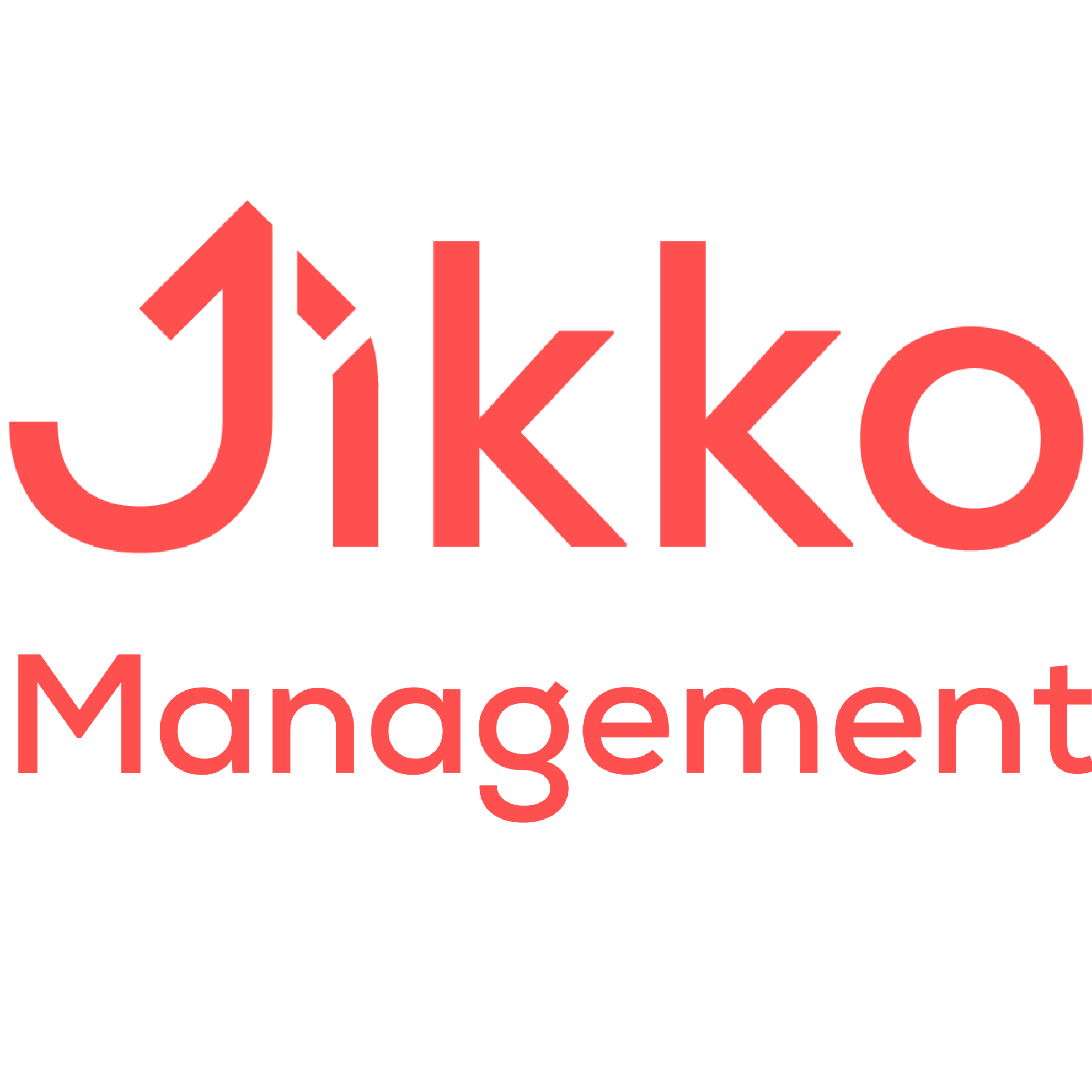12. MDM Inventory
¿How to set up your Inventory?
Let's take a look at the inventory section, and we will adjust it according to your company’s needs to able to manage it in a more optimal way and keep track of it in real-time.
First, we have to choose the way the inventory is going to be managed, your current ERP or JIKKO inventory module.


If you have our add-on, just click on the second option; if not, the ERP will be the origin. You can also count on both having ERP and our add-on; in this case, you would choose the ERP.
Manage by JIKKO Inventory
1. Material Type
It is the categorization of the different sets of materials that you handle in your company.
Example: Critical Raw Material.
To add one, click on "+"
Now, we have 6 material types from which you can choose:
- Raw materials
- Finished goods
- Semi-finished goods
- Tools
- Consumables
- Spare parts

2. Material Location
Is the storage space of a manufacturing plant intended for the location of products.
Example: Warehouse Location, Buffer Boxes
To add one, click on the "+" button.


1. Add a Code; it is the name of the location
(Keep it simple and understandable) for example FRI1 for Fridge 1
2. Description: Type in extra information about your location
3. Select the best fit from the 6 Types of locations:
- Warehouse
- Vault
- Store
- Customer
- Subcontractor
- Shopfloor
4. Select if the location will have Buffers (Storage space of a manufacturing plant intended for the location of products.)

3. Material Buffer
Next, Material buffer, where we will register selected buffers for a location.
A Buffer is storage space inside a storage location. Ex: Boxes, Shelves, Fridges.
It will help you categorize and exactly track down your resources.
1. Add an easy-to-understand code.
2. Type in the description of your Buffer
3. Here is the type of buffer we want to assign:

4. Select a location (from the ones you previously created) where the buffer is at.
4. Let’s continue now by defining the Material Categories.

Here you will classify the materials according to your needs. Example:
Category: Perishable And Non-Perishable.
Subcategory: Refrigerated And Non-Refrigerated.
We know that could really change according to the industry you work in, so it is up to you.
To create them, we just need a Code and a Description.

5. It is time now for the Subcategories
Here you will classify the materials according to your needs. Example:
Category: Perishable And Non-Perishable.
Subcategory: Refrigerated And Non-Refrigerated.

6. The Last item from this section is the material Batch status.

Here we will create a code for all statuses we have for our material Batch, meaning that to any material, you can assign a batch, and to each batch, you can activate different status; our options so far are:
- Blocked
- In work
- Released
- Obsolete
- Active
- Deleted
- Quarantine
- Other.
When we are done with this section of the MDM, all the information related to our inventory is uploaded.
